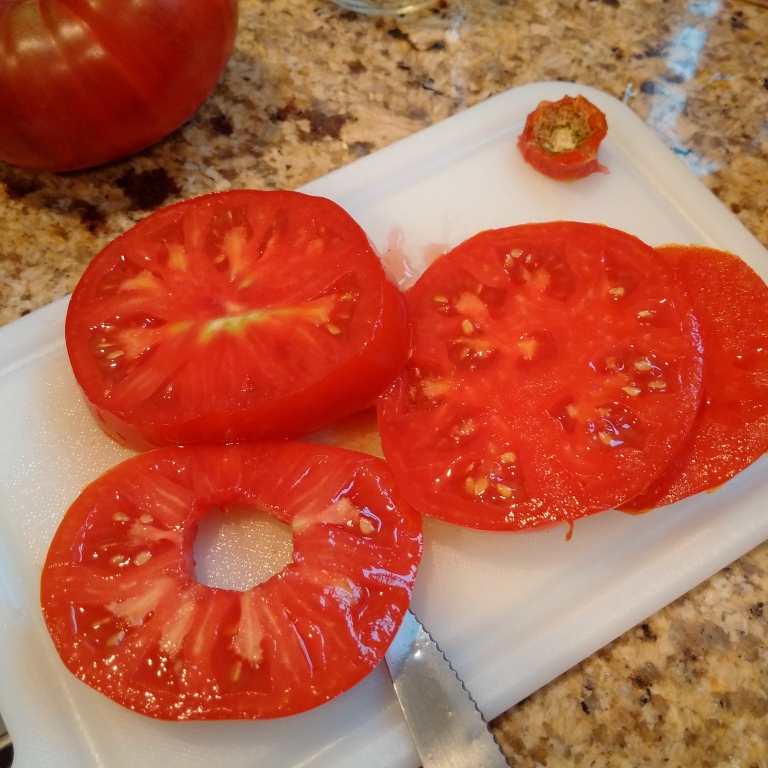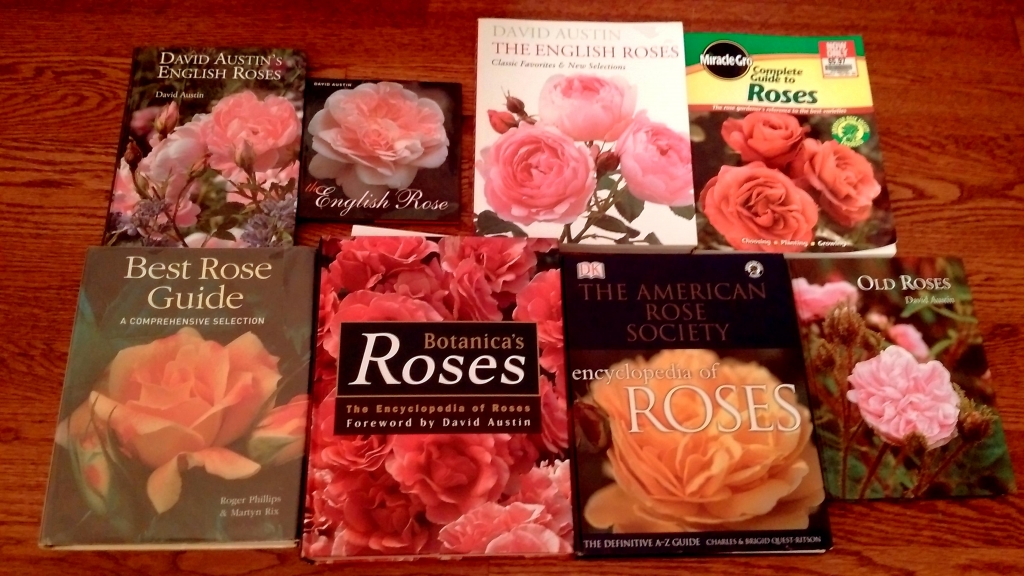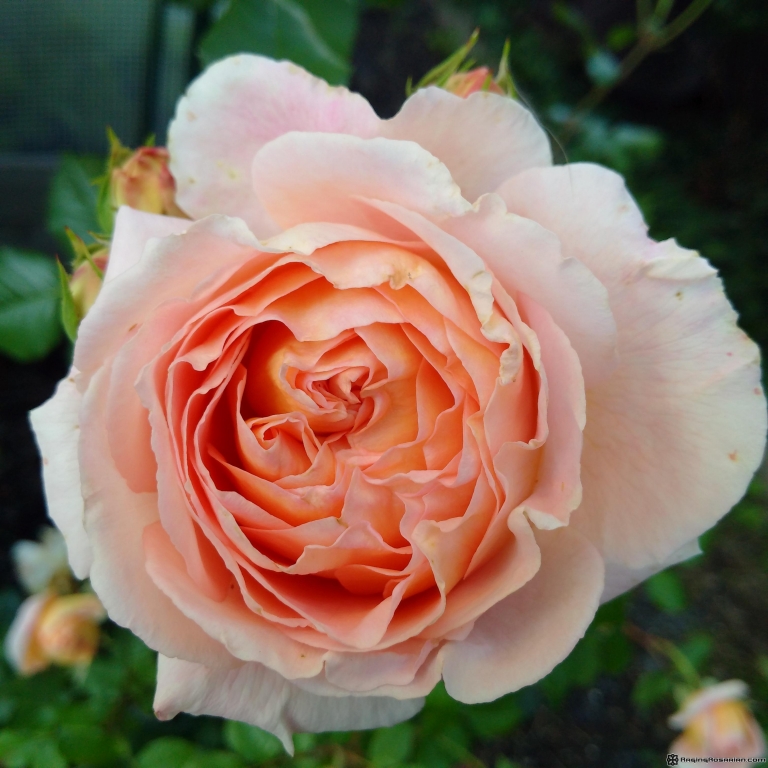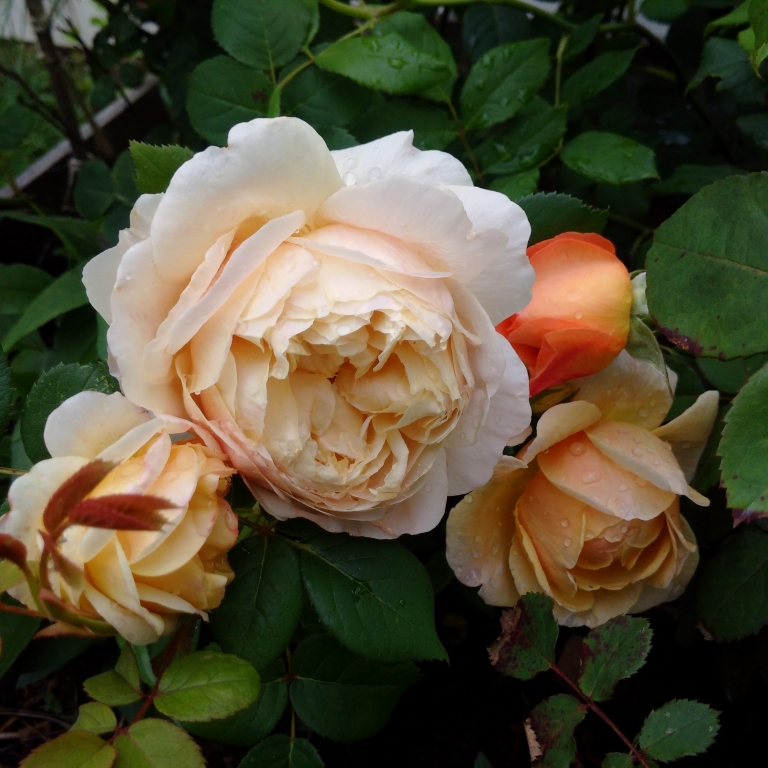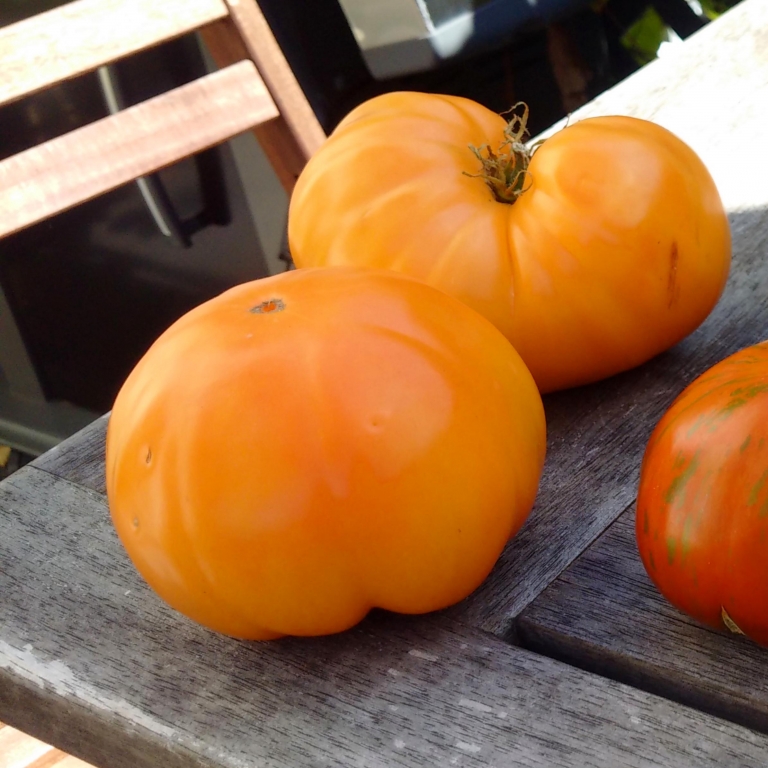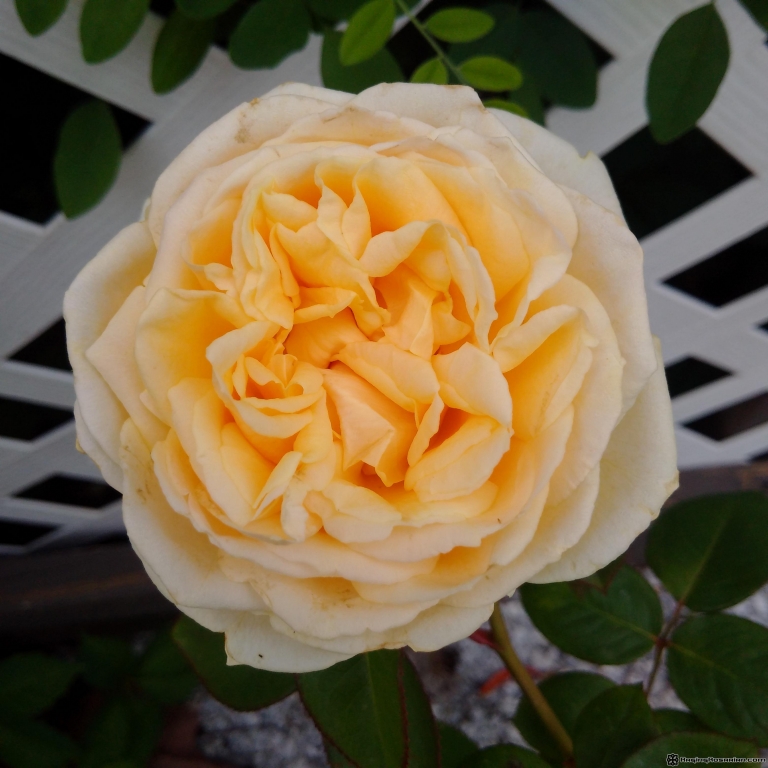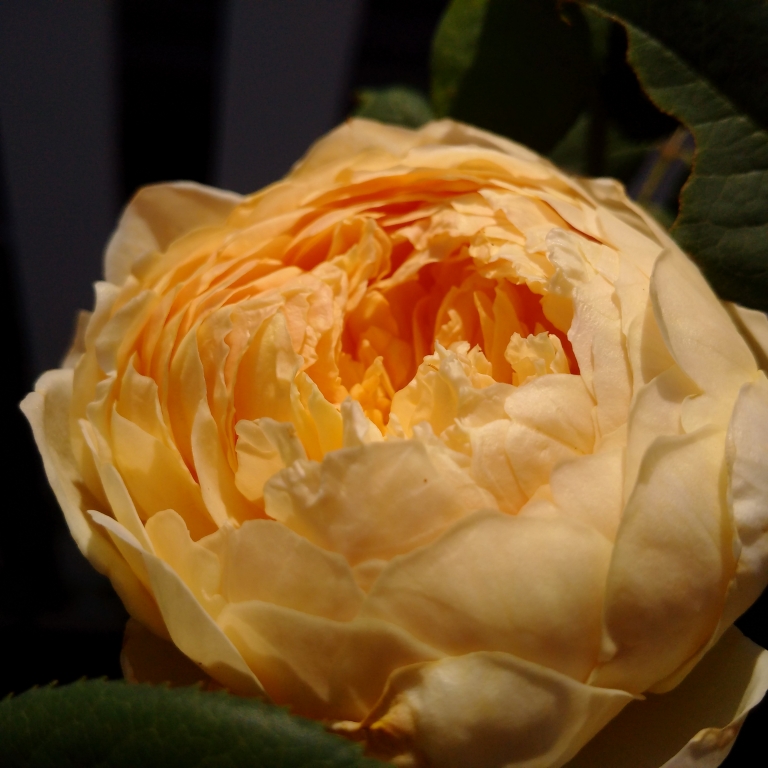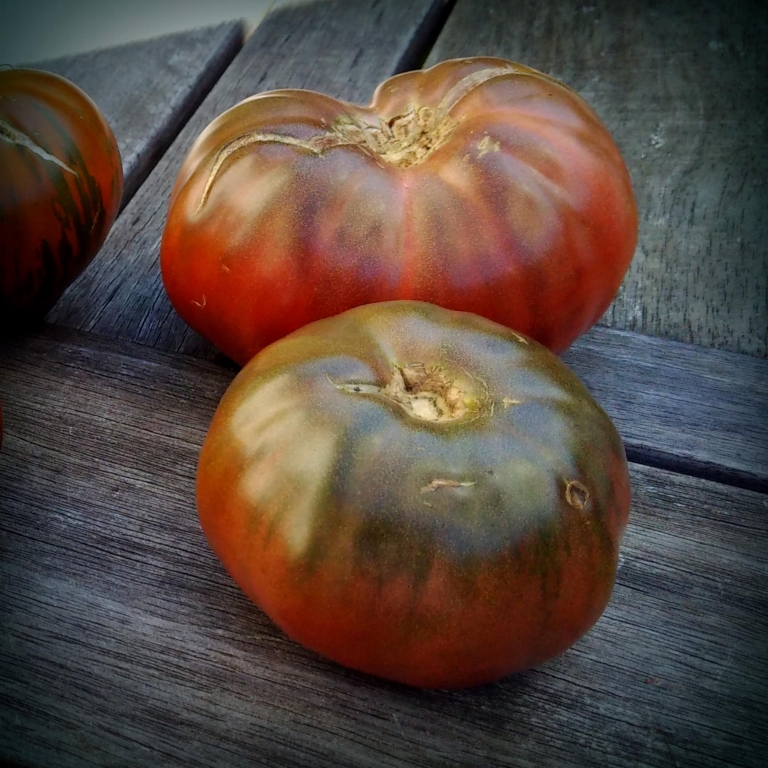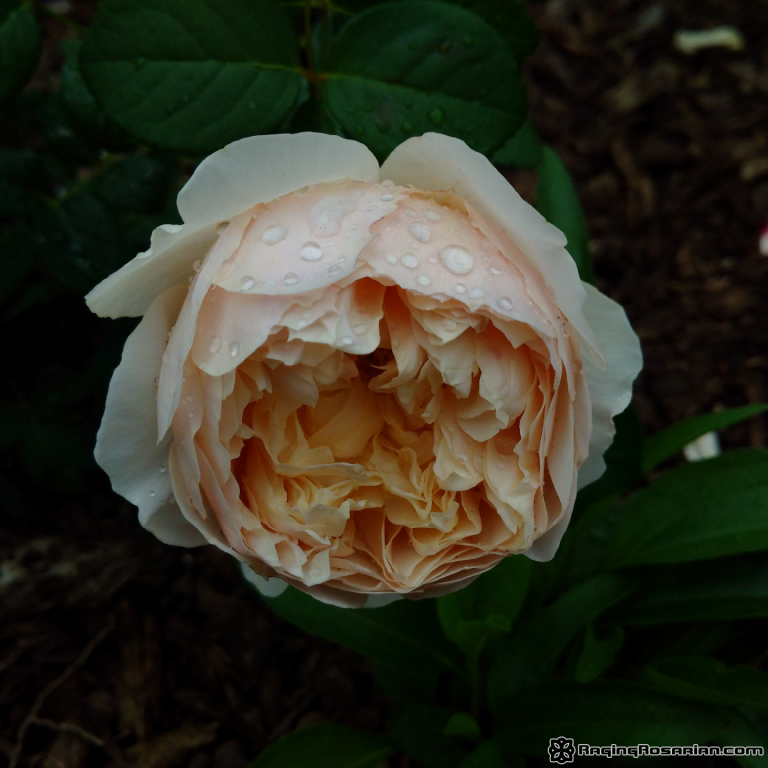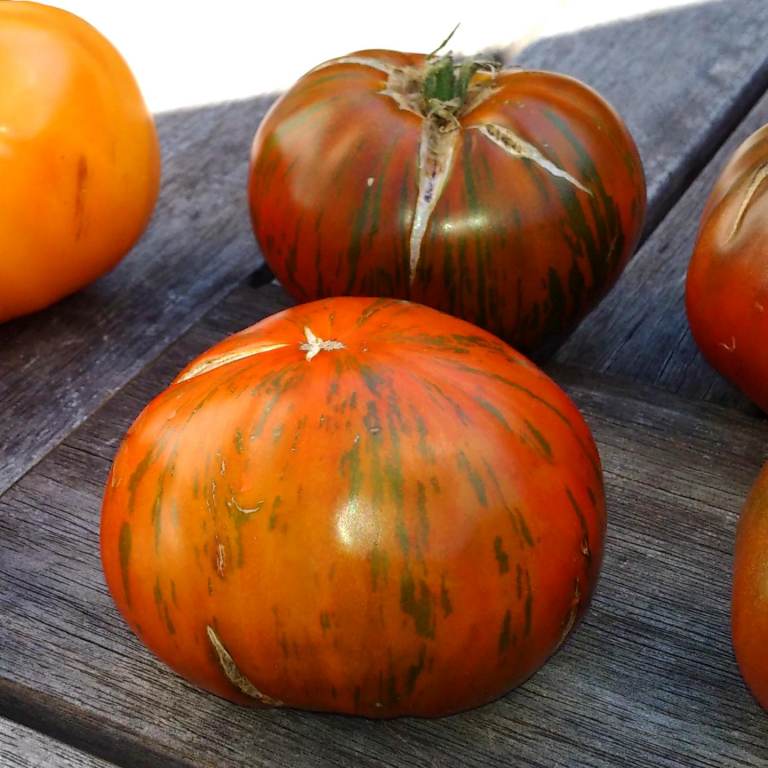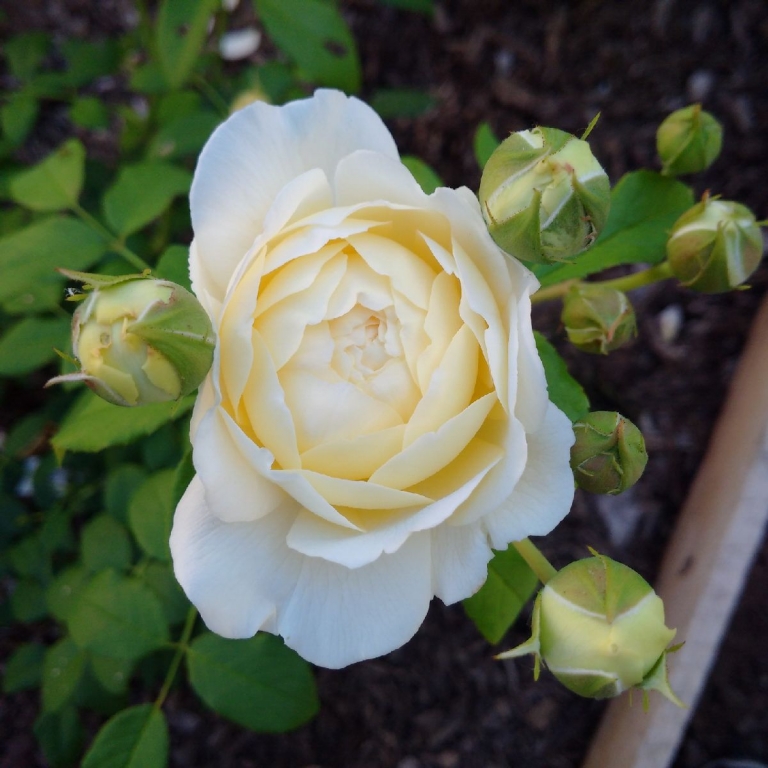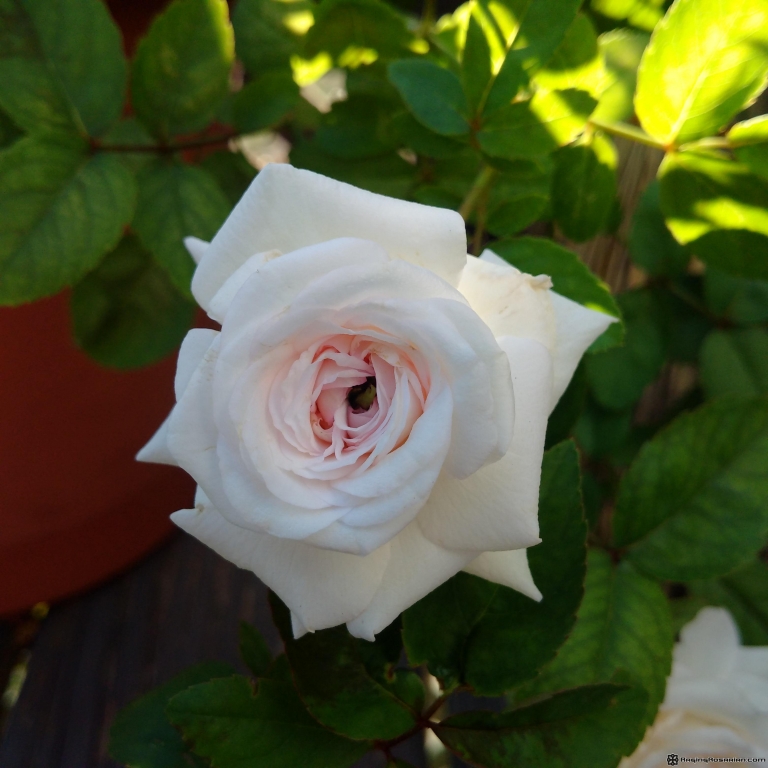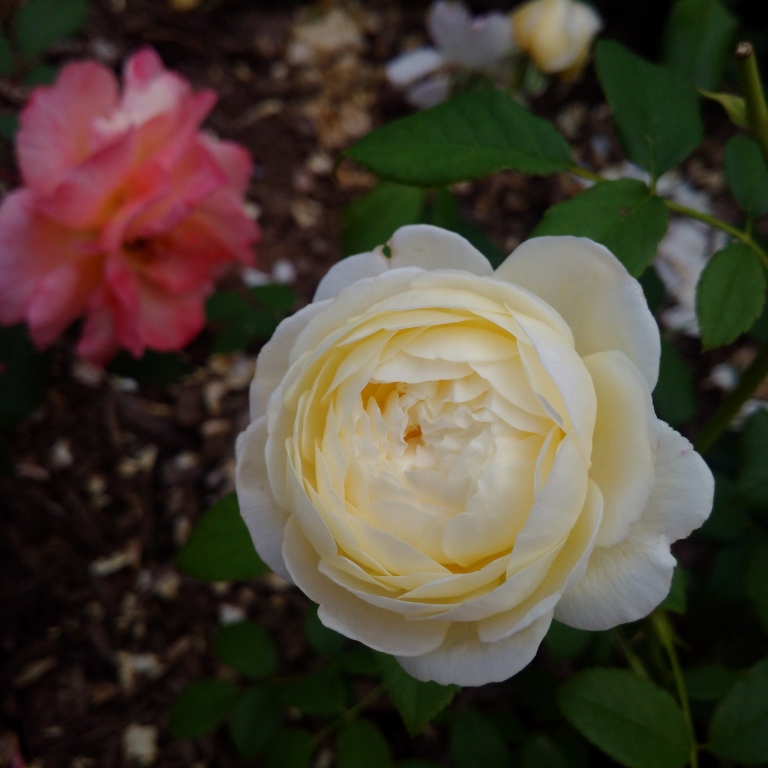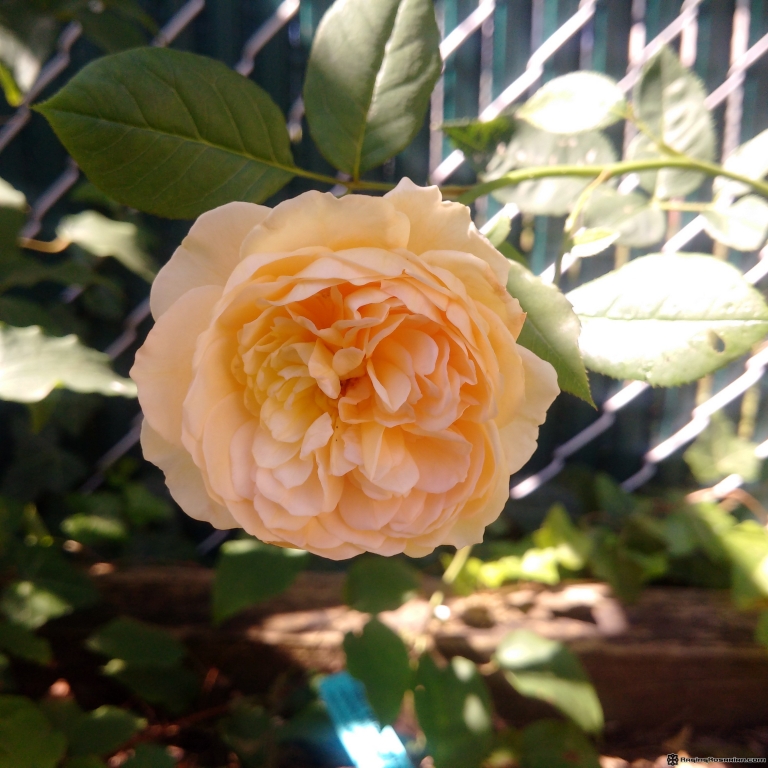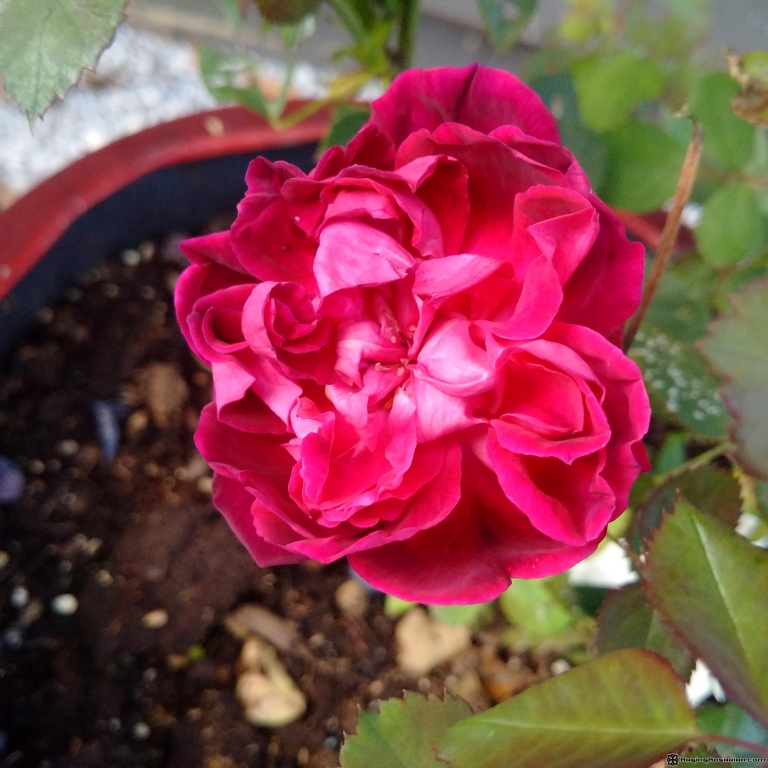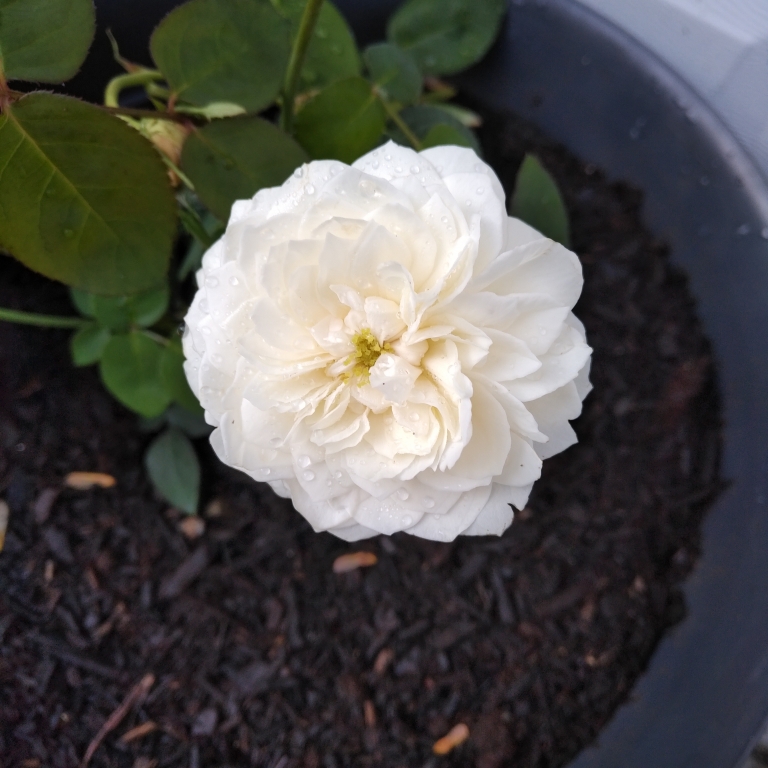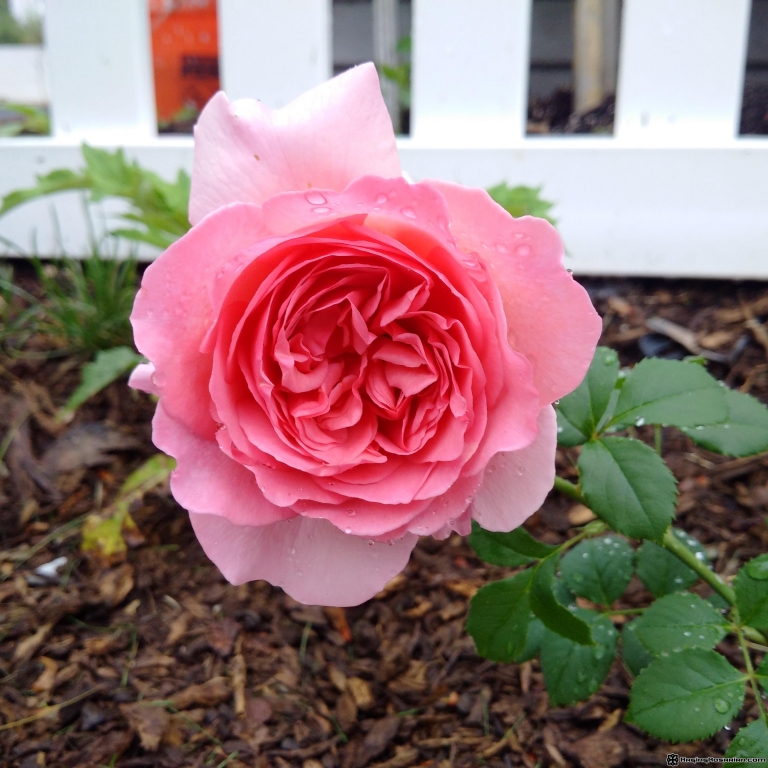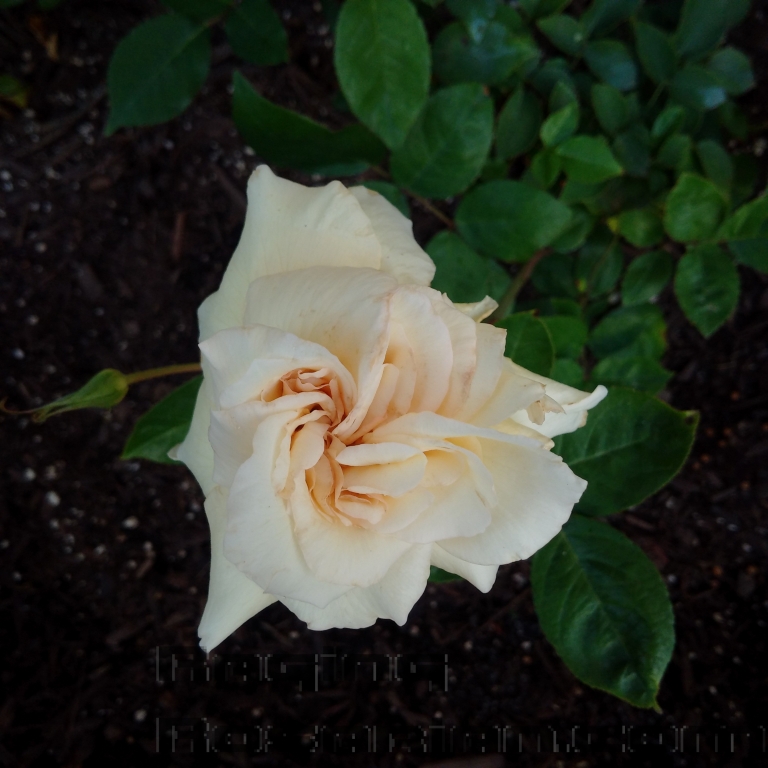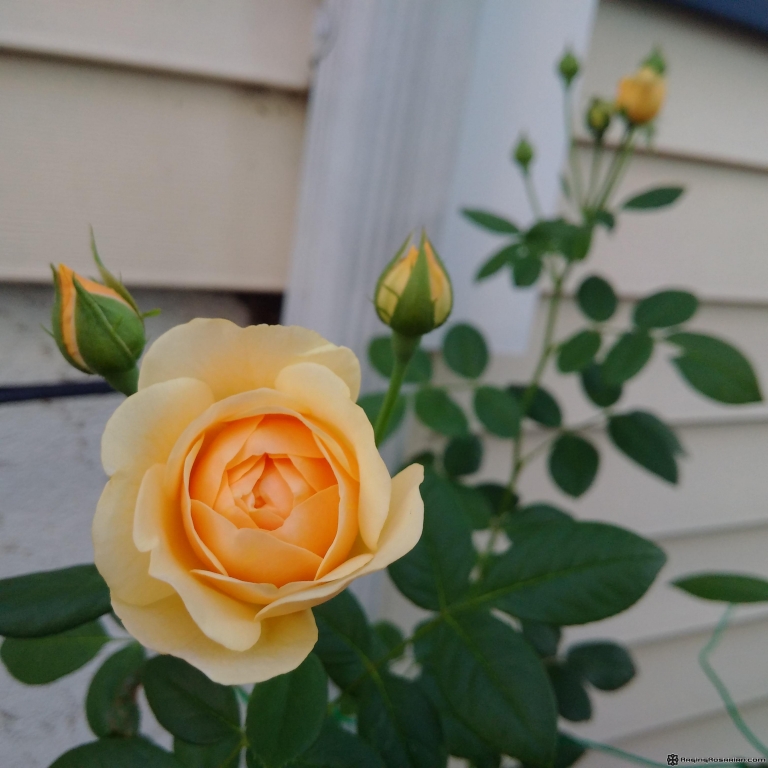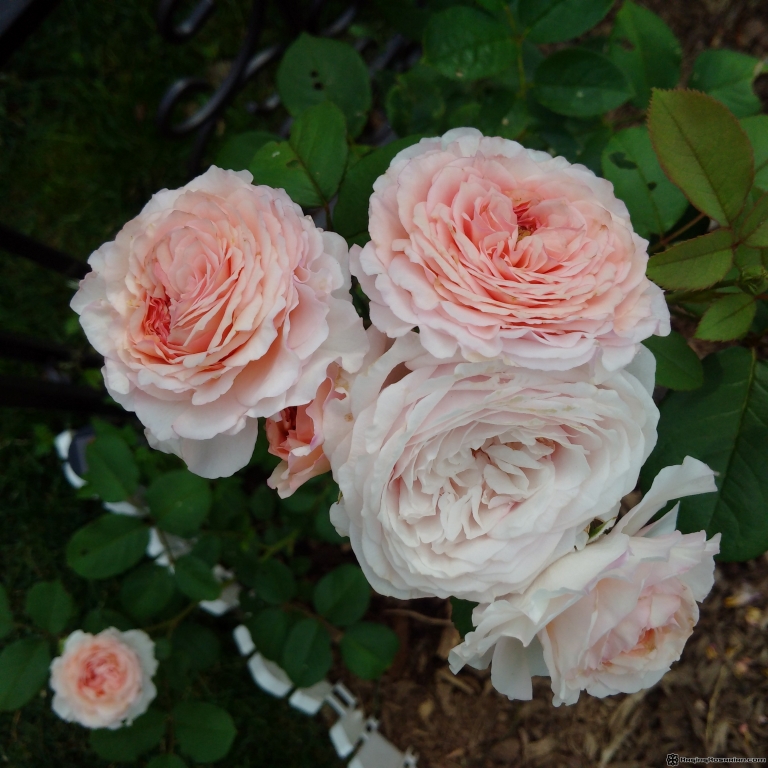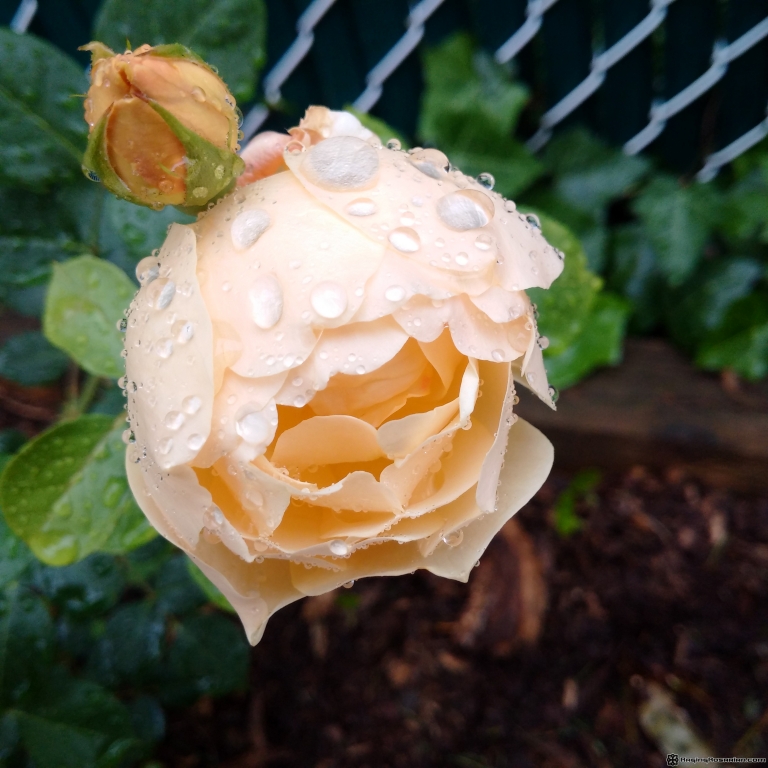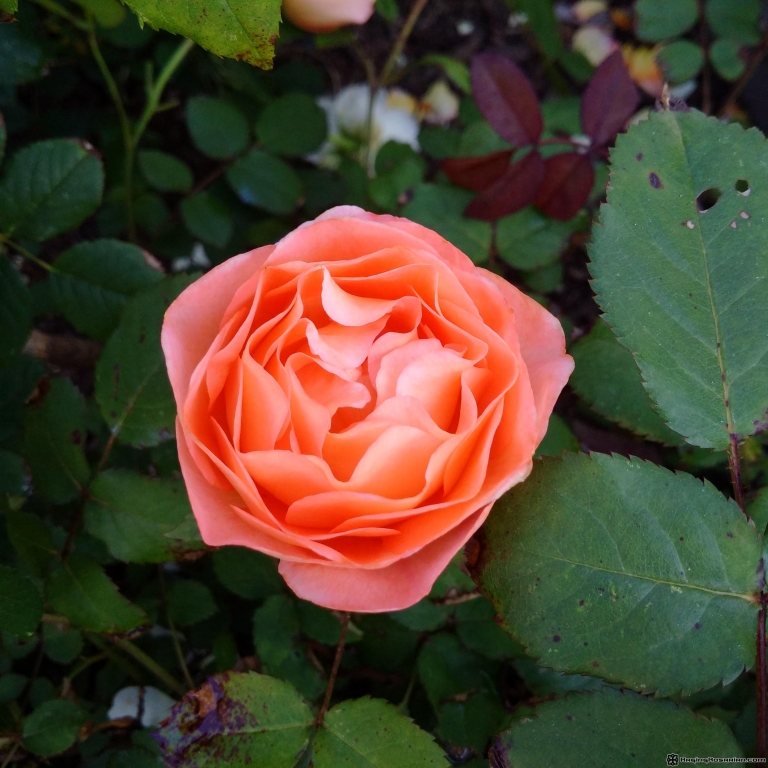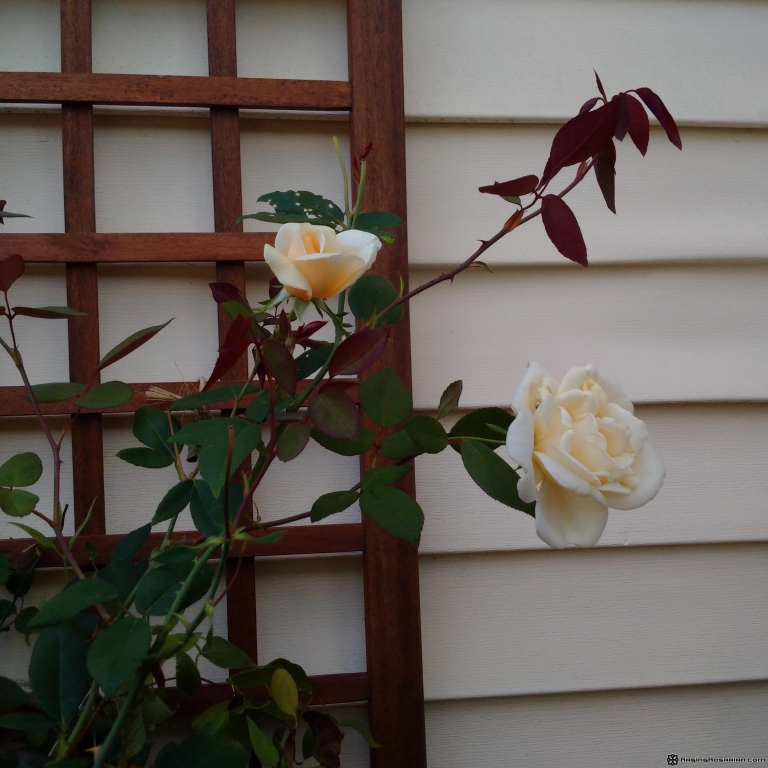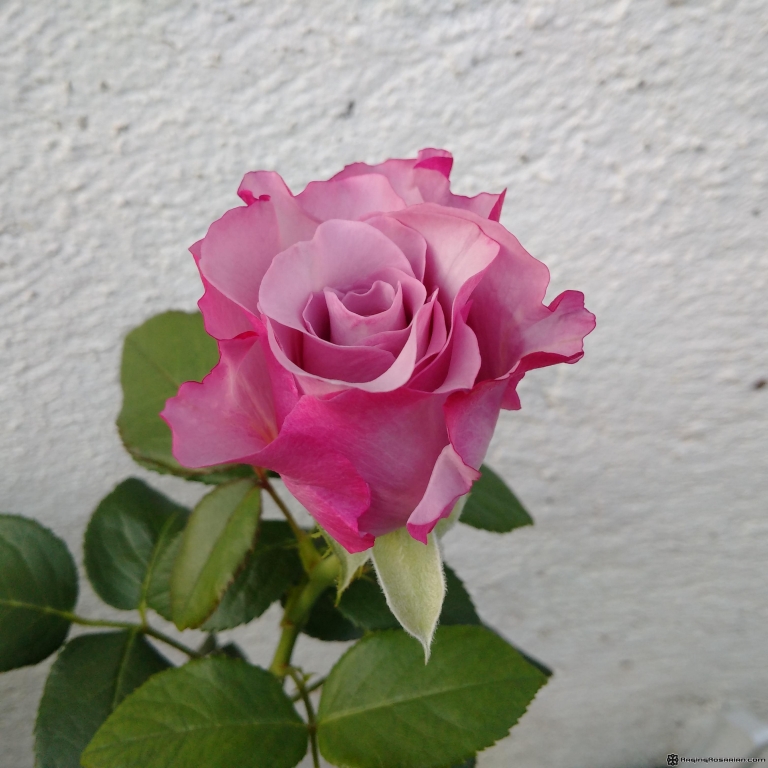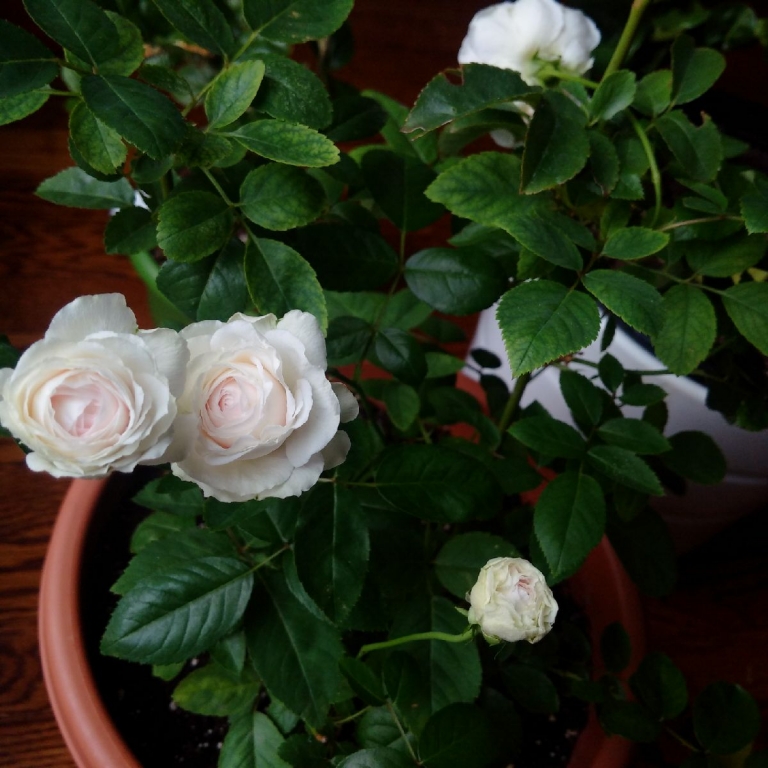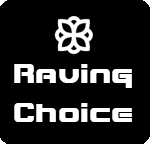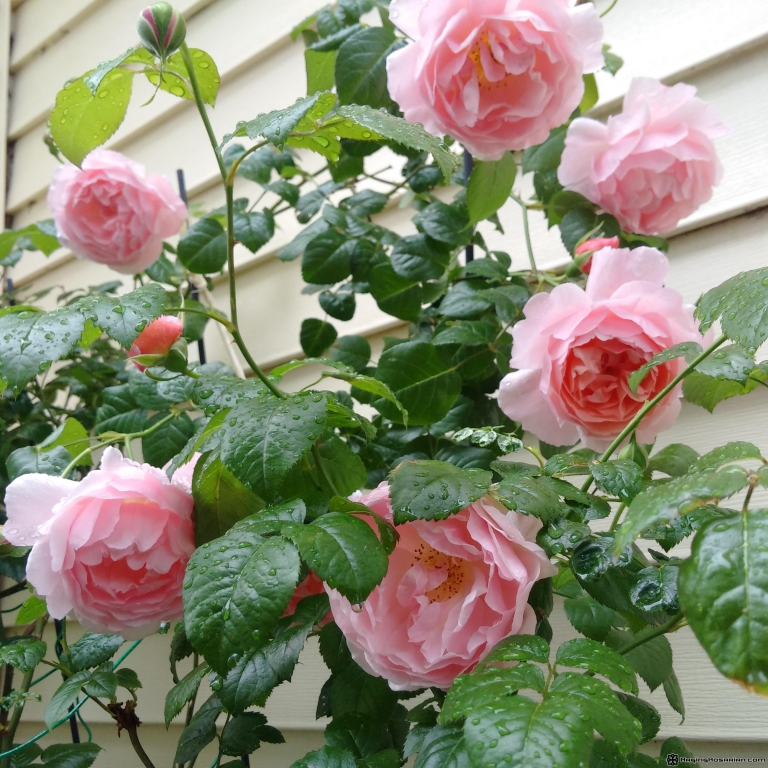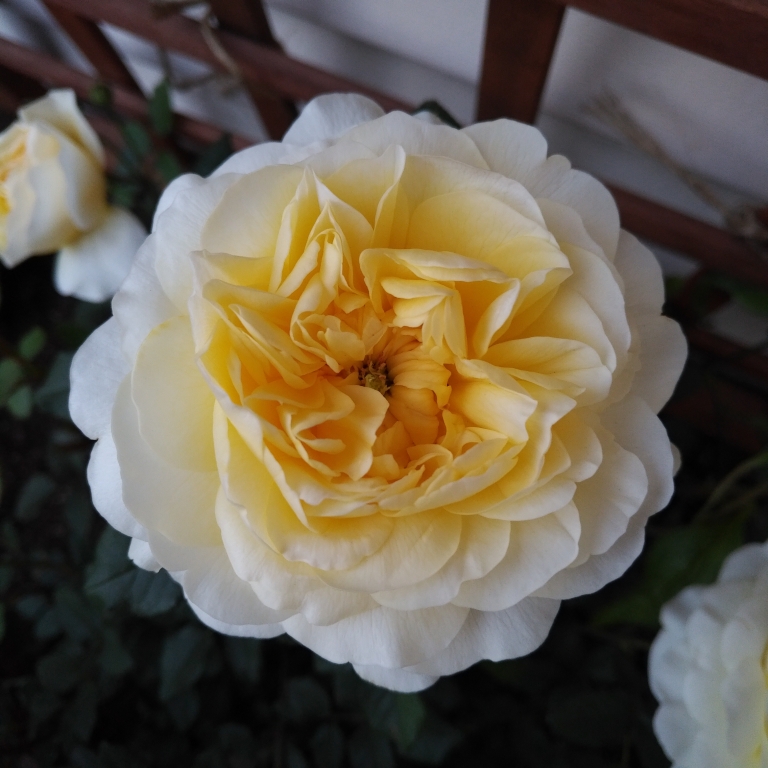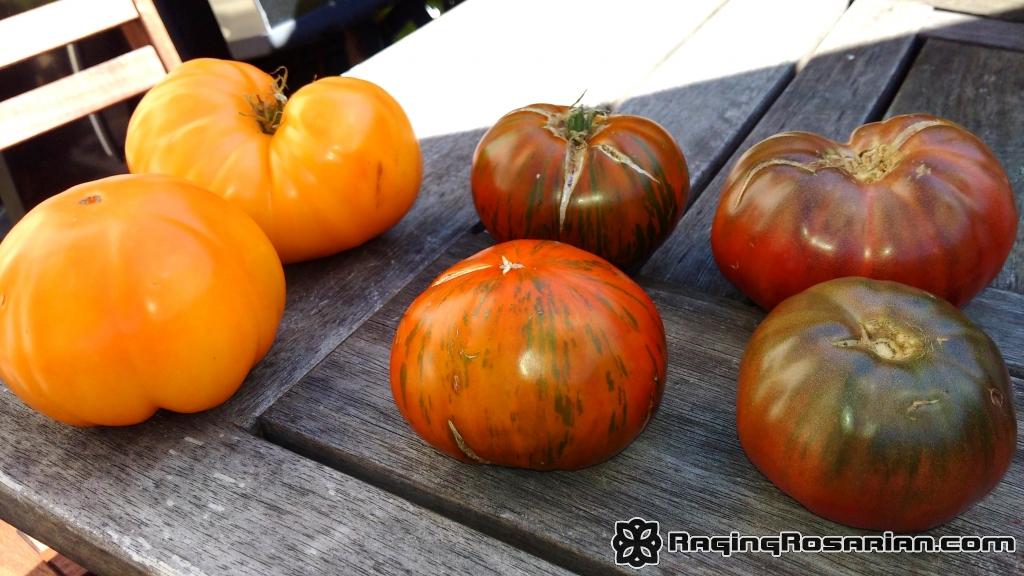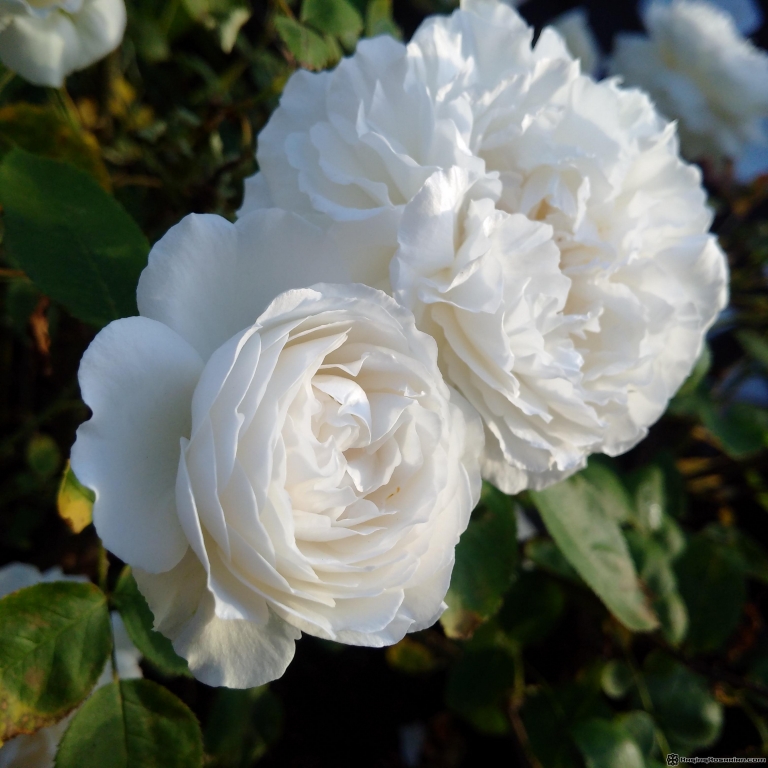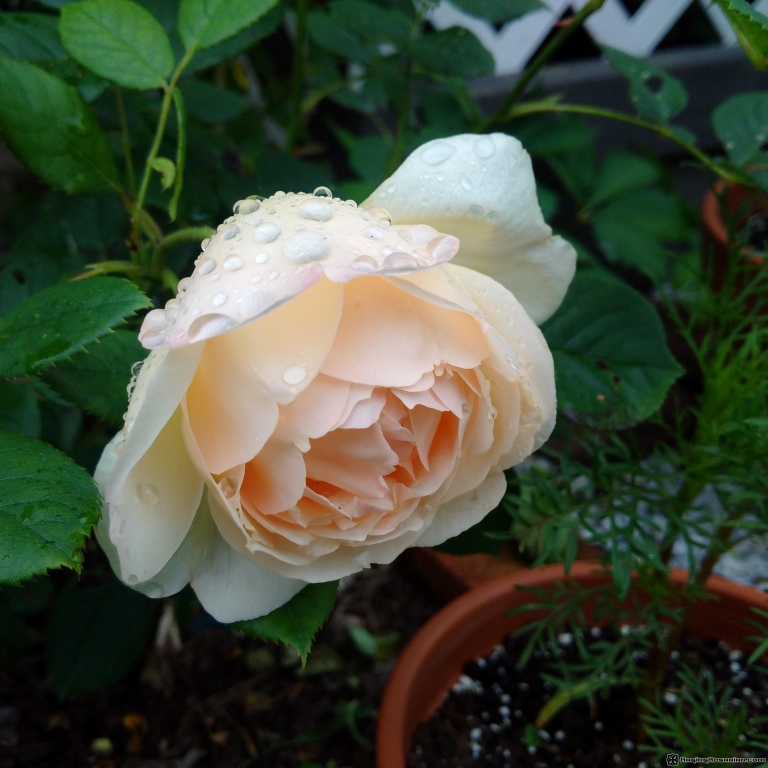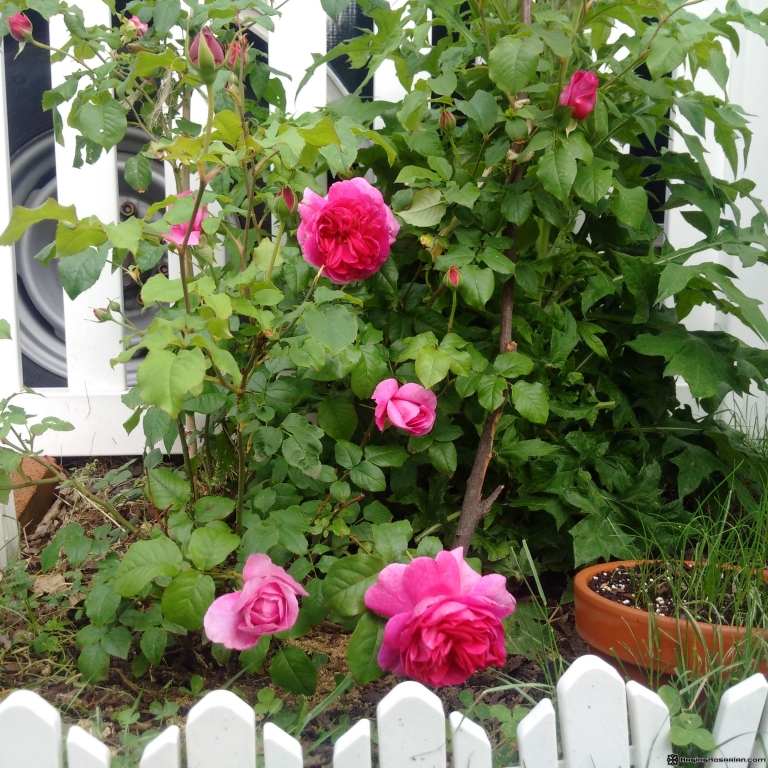While not truly a recognized class of their own (they are modern varieties developed to resemble and regain some of the traits of classic and antique types) many still regard David Austin roses (DAs) as distinct enough to warrant their own classification. These are, broadly speaking, a collection of insidious, dangerously addictive creatures — and I do consider them creatures, for reasons I enumerate in subsequent pages.
Generally, they are bred for a number of characteristics. If your experience is limited to what would typically be called “modern” roses (read: the hybrid teas and floribundas, often represented by what’s in stock at the local Home Depot), you should consider these a different type of plant altogether. They look different, they behave differently, and they often have remarkably unique scents as well.
Most David Austin roses (or “DAs”) attempt several things:
-
- To be good garden plants (note: as opposed to generators of singular blooms for exhibition or floral trade)
- To regain the range of form, scent, and color that used to be widespread in the old garden roses (OGRs) of various other classes
- Likewise, to regain some of the vigor and disease resistance of the OGRs (here, with mixed results)

